Click a photo to see a larger view. Please send your comments and corrections to Steve.
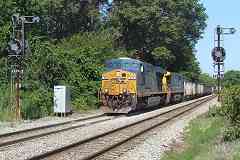
Photo courtesy Dave Hiteshew |
| |||||||||||
| ||||||||||||
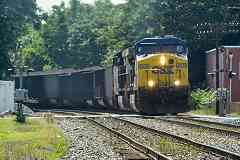
Photo courtesy Dave Hiteshew |
| |||||||||||
| ||||||||||||
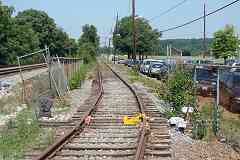
Photo courtesy Dave Hiteshew |
| |||||||||||
| ||||||||||||
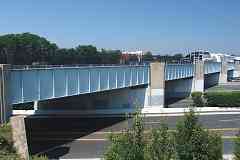
Photo courtesy Dave Hiteshew |
| |||||||||||
| ||||||||||||
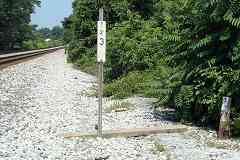
Photo courtesy Dave Hiteshew |
| |||||||||||
| ||||||||||||
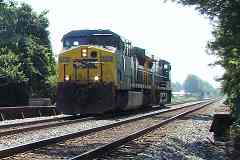
Photo courtesy Dave Hiteshew |
| |||||||||||
| ||||||||||||
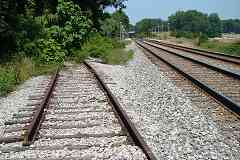
Photo courtesy Dave Hiteshew |
| |||||||||||
| ||||||||||||
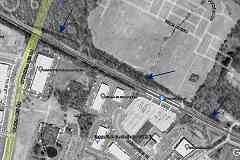
Photo courtesy Google |
| |||||||||||
| ||||||||||||
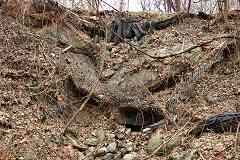
|
| |||||||||||
| ||||||||||||
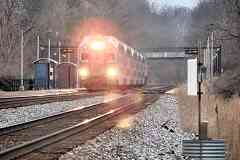
|
| |||||||||||
| ||||||||||||
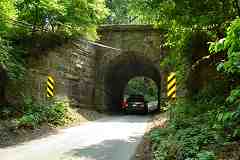
Photo courtesy Dave Hiteshew |
| |||||||||||
| ||||||||||||
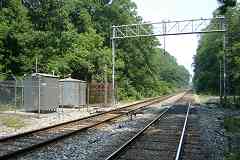
Photo courtesy Dave Hiteshew |
| |||||||||||
| ||||||||||||
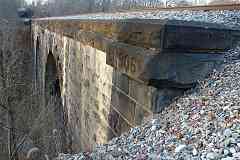
Photo courtesy Dave Hiteshew |
| |||||||||||
| ||||||||||||
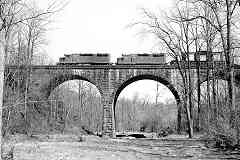
Photo credit HH Harwood |
| |||||||||||
| ||||||||||||
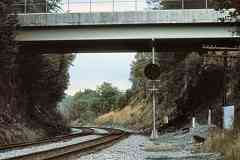
Photo courtesy B&O History Collection |
| |||||||||||
| ||||||||||||
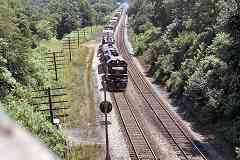
Photo credut Pete Darmody, B&O History Collection |
| |||||||||||
| ||||||||||||
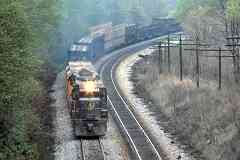
Photo credut RW Clark, B&O History Collection |
| |||||||||||
| ||||||||||||
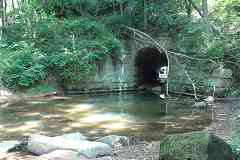
Photo courtesy Dave Hiteshew |
| |||||||||||
| ||||||||||||
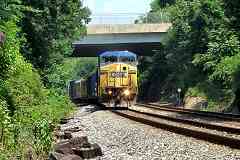
Photo courtesy Dave Hiteshew |
| |||||||||||
| ||||||||||||
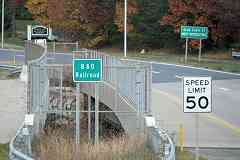
Photo courtesy Dave Hiteshew |
| |||||||||||
| ||||||||||||
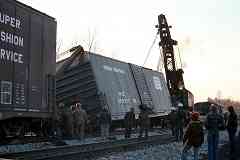
Photo courtesy B&O History Collection |
| |||||||||||
| ||||||||||||
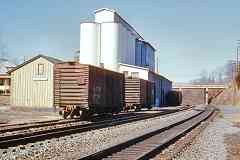
Photo credit Thom Underwood B&O History Collection |
| |||||||||||
| ||||||||||||
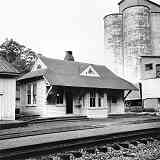
Photo courtesy HH Harwood |
| |||||||||||
| ||||||||||||
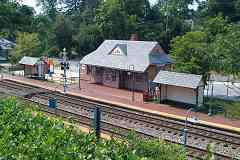
Photo courtesy Dave Hiteshew |
| |||||||||||
| ||||||||||||
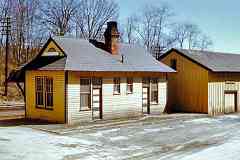
Photo credit Thom Underwood B&O History Collection |
| |||||||||||
| ||||||||||||
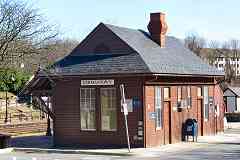
|
| |||||||||||
| ||||||||||||
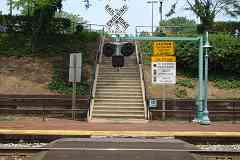
Photo courtesy Dave Hiteshew |
| |||||||||||
| ||||||||||||
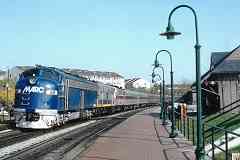
Photo courtesy Kilduffs |
| |||||||||||
| ||||||||||||
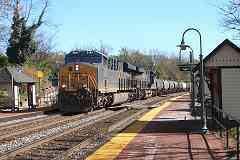
|
| |||||||||||
| ||||||||||||
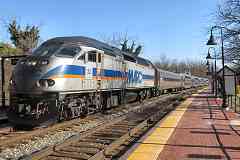
|
| |||||||||||
| ||||||||||||
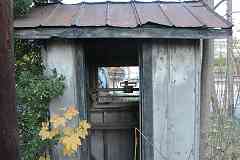
Photo courtesy Dave Hiteshew |
| |||||||||||
| ||||||||||||
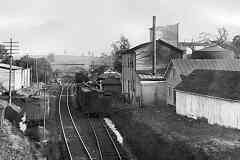
Photo credit Lewis Reed |
| |||||||||||
| ||||||||||||
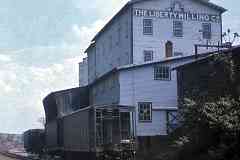
Photo credit J King B&O History Collection |
| |||||||||||
| ||||||||||||
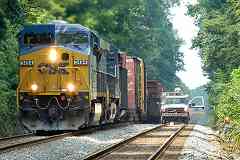
Photo courtesy Dave Hiteshew |
| |||||||||||
| ||||||||||||
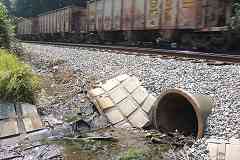
Photo courtesy Dave Hiteshew |
| |||||||||||
| ||||||||||||
Or, return to main page for other tours.
Copyright Notice